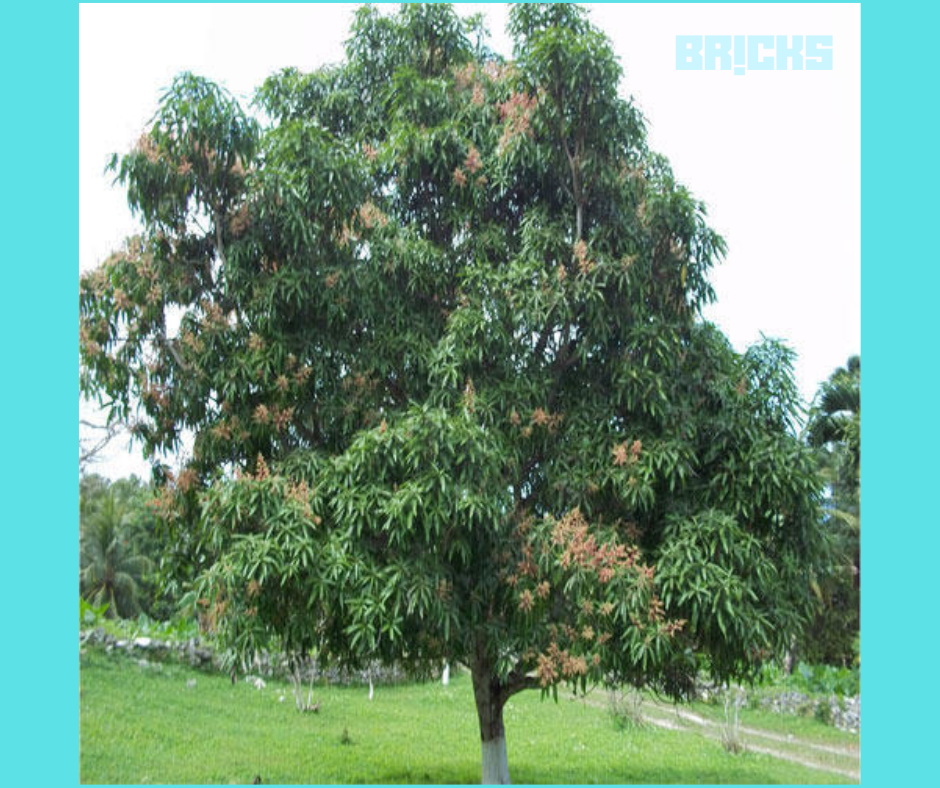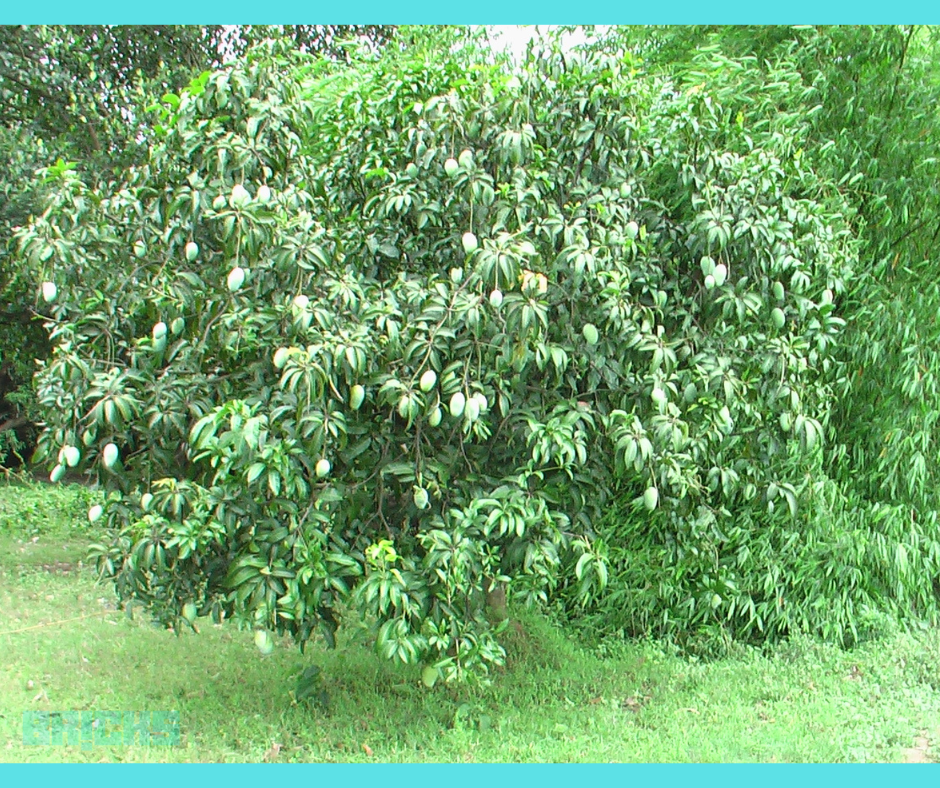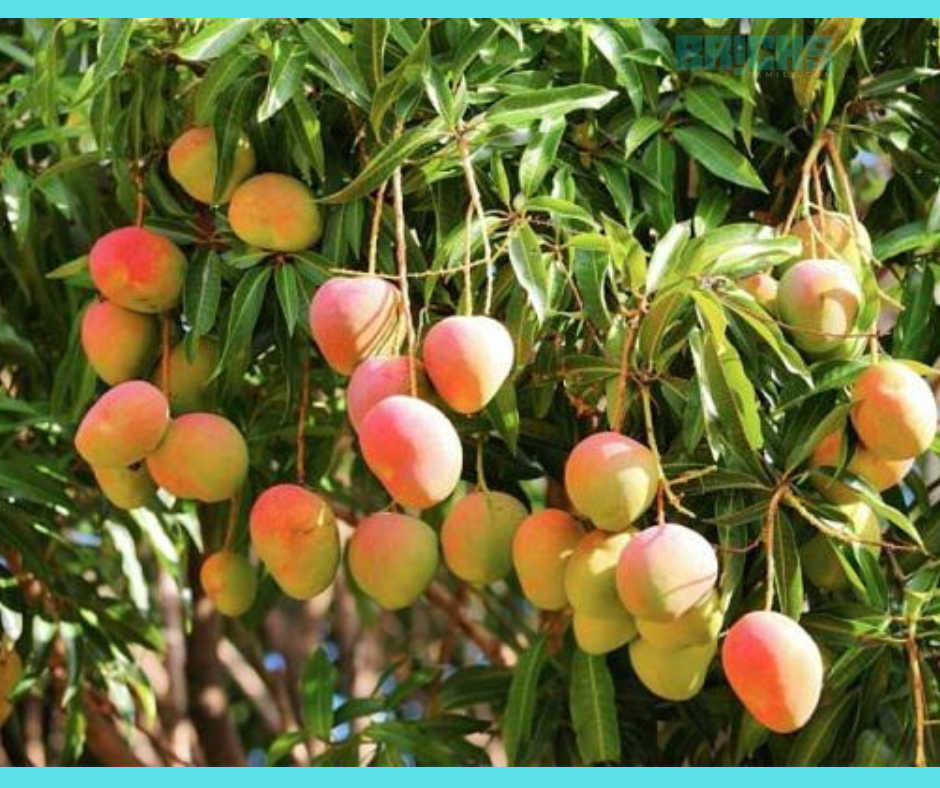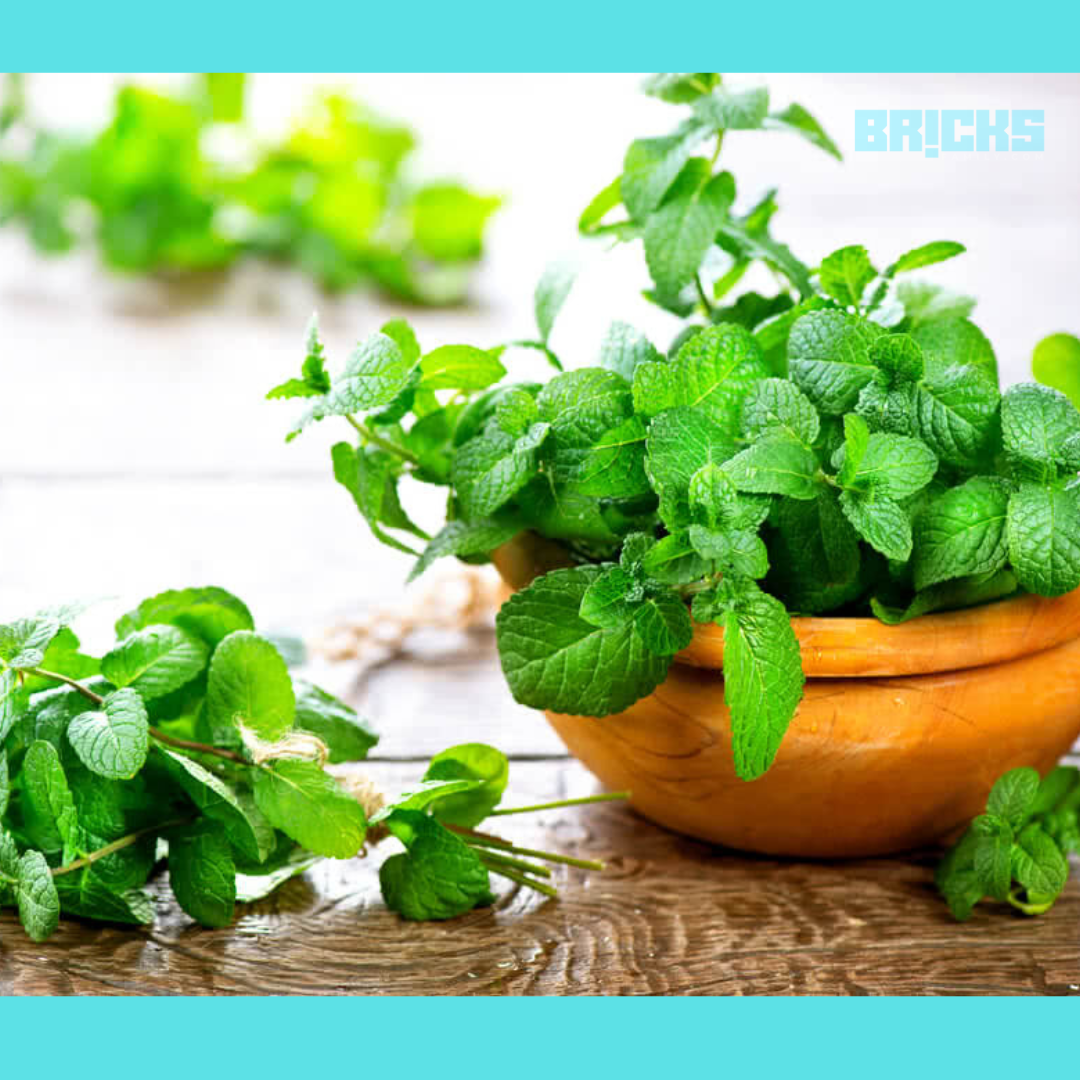We have all heard of the different plants and flowers associated with every God. A mango plant, particularly the leaves one that is equally significant as other flowers and plants. However, we need to remember about the fruit when considering mangoes. We’re so preoccupied with the mango that we forget how important the trees and their leaves are. In this article, we will see Mango Tree Leaves: Benefits, Significance & How To Grow Mango Tree.
According to Hindu tradition, the mango tree peepal, bel, and tulsi are the holiest and most sacred plants. Many people need to be aware of the benefits of mango leaves. Mango tree leaves have many benefits to health that should not be ignored. Mango leaves are utilized for treating many ailments and illnesses of the modern lifestyle.
The leaves are full of antioxidant properties. They are eaten throughout South East Asia because of their advantages in the food industry and medicinal. The leaves are a source of Vitamins A B, C B, flavonoids, and phenol.
10 Benefits of Mango Tree Leaves
Just like mango fruits and mango tree leaves, mango tree leaves are also nutritious and essential to your well-being. They have many uses and advantages for health. As per Ayurveda, as well as traditional Chinese medicine, the leaves of mango trees have been used to treat ailments for thousands of years. Eastern medicine also places much importance on the numerous benefits of mango leaves. So here is, Mango Tree Leaves: Benefits, Significance & How To Grow Mango Tree.
Mango tree leaves – A great solution for hair issues:
Mango tree leaves are among the best way to accelerate hair growth. This is a traditional method that gives a natural shine to hair. The leaves are rich in nutrients C, and A that help increase collagen growth. Collagen is crucial to have healthy hair.
Mango tree leaves can also assist damaged hair that has been chemically treated. They are a source of flavonoids, which can naturally dye hair black. It is possible to take freshly picked mangoes and create an excellent paste. Apply the paste on the hair, then rinse with plain water within 15 minutes.
Promotes healthy skin:
The extract of leaves from the mango tree has the potential to decrease wrinkles, age spots, and dryness. They are full of essential vitamins and minerals to maintain healthy skin. In addition, it promotes collagen production, which can reduce facial lines and fine wrinkles. It supplies essential nutrients and properties that aid in healing skin scalds and burns.
Also, the leaves of Mango trees have antibacterial properties that assist in treating burns to the skin and infections of the skin, such as infections caused by staph. Mango leaves are rich in anthocyanin, which instantly reduces the pain of burns. You can also burn a few of these leaves to get immediate results and apply the ash directly onto the burns.
Controls blood pressure:
Mango tree leaves aid in lowering blood pressure since they possess hypotensive qualities. They improve and strengthen the health of blood vessels. They also help in treating varicose veins, which is an additional benefit.
It is possible to make tea using mango leaves and drink it to treat hypertension. For making the tea:
- Baby leaves and rinse them.
- The leaves should be cut into pieces and placed in a tea infuser using honey.
- Pour boiling water over the leaves to the leaves and allow them to sit for 10 minutes.
- Unplug the infuser, and your tea with mango leaves is ready to drink.
Combats restlessness:
Anxiety has become a significant issue among the ailments which affect the young most. Stress can cause restlessness, making it difficult for those who suffer from it and others in the vicinity. Consuming mango-leaf tea is a natural remedy for restlessness. To ease anxiety, you can add three cups of tea made from mango leaves to your bath.
Controls blood sugar level:
Leaves of Mango trees are efficient in managing blood sugar levels. The tannins on these leaves, also known as anthocyanidins, aid in treating type one diabetes. It also contains ethyl acetate, and 3beta taraxerolthat can help treat hyperglycemia (increased blood sugar levels) ).
It is as simple as boiling one cup of water with ten mango leaves. The water should be cool overnight before eating breakfast with the stomach empty.
Cures dysentery:
The treatment for dysentery bleeding is by using the leaves. The leaves can be dried in the shade and then converted the powder. To avoid dysentery, mix the powder with water and consume the mixture three times per day.
Cures stomach ulcers and hiccups:
Since the beginning, the mango tree’s leaves have been utilized for stomach ulcers and hiccups. Sometimes, hiccups become obstinate and difficult to stop. In these instances, leaves are a great help.
It is possible to burn mango leaves and breathe in the smoke. The smoke can aid in reducing stomach cramps. To combat stomach ulcers, mix the leaves with warm water. Drink that water regularly.
Treats kidney and gallstones:
The mango leaves powder is used to treat gallstones and kidney stones. It aids in dissolving the stones and assists in the removal of the body via urine. They also help in ridding toxins of the body.
Dry a handful of mango leaves, then make a powder from the leaves. You can mix water into your powder and then drink it each morning on an empty stomach after keeping it for a night.
Has anti-inflammatory qualities:
According to studies mango leaves are anti-inflammatory, and they have effects on animals. They could be able to shield your brain against illnesses like Alzheimer’s and Parkinson’s. Tea made from mango leaf extract can help reduce inflammation.
Mango tree leaves – Aid in weight loss:
The leaves of mango trees contribute to reducing obesity by reducing the body’s fat deposition. Furthermore, it prevents weight gain by controlling diabetes, which results in a high metabolic rate.
Make mango leaf tea with 150ml of water and a handful of mango leaves to include in your weight loss diet. If you cannot find fresh mango leaves, use mango leaf extract or powder instead. You will see results if you drink this tea every day.
Religious Significance Of Mango Tree Leaves
India has a fascinating religion that is deeply connected to the natural world. For various purposes, there are numerous references to plants and animals in sacred books. They all have a special connection to the Gods and are valued for their unique qualities. Mango leaves symbolize Mahalakshmi and love. The leaves of mango trees are used for a variety of religious purposes.
- During auspicious rituals and pujas, mango leaves are used to complete a “Purnakumbha.” The puja foundation is an earthen pot. The pot represents Mother Earth, water means life’s source, coconuts represent divine consciousness, and mango leaves represent life. There is a connection between Goddess Lakshmi and prosperity throughout the “Purnakumbha.”
- The gods Murugan and Ganesh, sons of Lord Shiva and Maa Parvati, are also associated with mangoes. Mangoes are particularly beloved by both gods. Lord Murugan once advised his followers to knot mango leaves to symbolize fertility and wealth.
- Garland or strings of mango tree leaves are strung around the doorways and windows of Indian homes. As the leaves deflect bad spiritual energy, they promote positive karma.
- Mangos are described as fertility symbols in several Hindu scriptures, including the Ramayana, Mahabharata, and Puranas. As well as being associated with Kamadeva, another God of love, they are also linked to the pagan gods.
- Mango leaves are also used at religious events with large crowds. They have a scientific justification due to their capacity to both promote the free passage of oxygen and absorb extra carbon dioxide.
Images Of A Mango Tree


How To Grow Mango Trees in your Garden
Two methods are available for growing mango trees.
1.saplings: You can purchase mango saplings from any local nursery and then transfer them to a pot or the ground.
2. Mango seed: Remove the hard coating on the mango seed and remove the pit. Put the inner seed on the ground after it has been dried in the dark and away from sunlight. About 2-3 weeks will pass before the seed germinates.
The following steps should be followed before planting a mango tree.
A mango tree should be planted in the spring while the weather is still pleasant. However, make sure there will be no frost exposure.
The right planting location: Trees need a sunny, well-draining area with loose soil. When choosing a site for planting, it is essential to consider the size of a mature tree and its proximity to other trees and buildings. Smaller types of mango trees can be grown in containers.
Depending on the tree you are cultivating, depth, support, and spacing are all important. Make sure your tree has adequate space to grow by studying the mature canopy’s height and width. When planting saplings in their nursery containers, it is essential to know the exact depth at which they will grow. Seeds should be sown about 1/2 inch deep. It may be necessary to stake saplings as they grow, especially in windy locations.
Conclusion to Mango Tree
Besides bearing delicious fruits, the mango plant also plays a vital role in our culture and tradition. A mango tree and its leaves are integral to many Hindu celebrations and pujas. Decorative elements adorn the Kalash pot, such as this festoon or Torana. The primary reason mango leaves are chosen over other leaves is that they last longer. The leaves have many health benefits, and they are safe to consume due to their medicinal properties.
Therefore, it is wise to grow a mango tree at home.
Also Read : Explained! The Significance of Living in House Number Numerology 9
Similar Topics: 15 Ways to Plan a Low Budget Single Floor House Design















